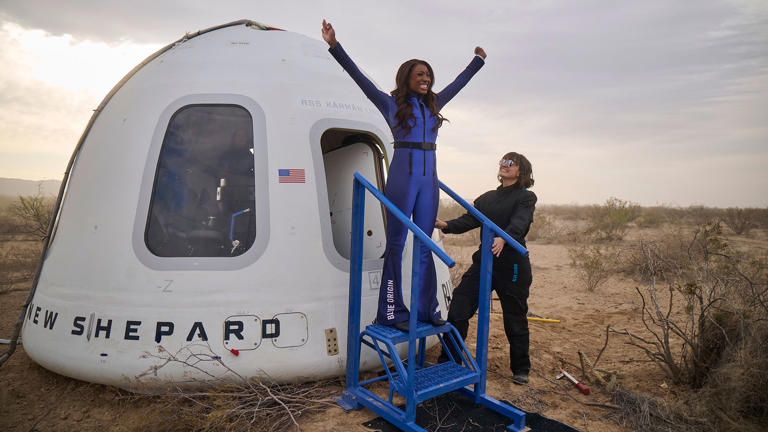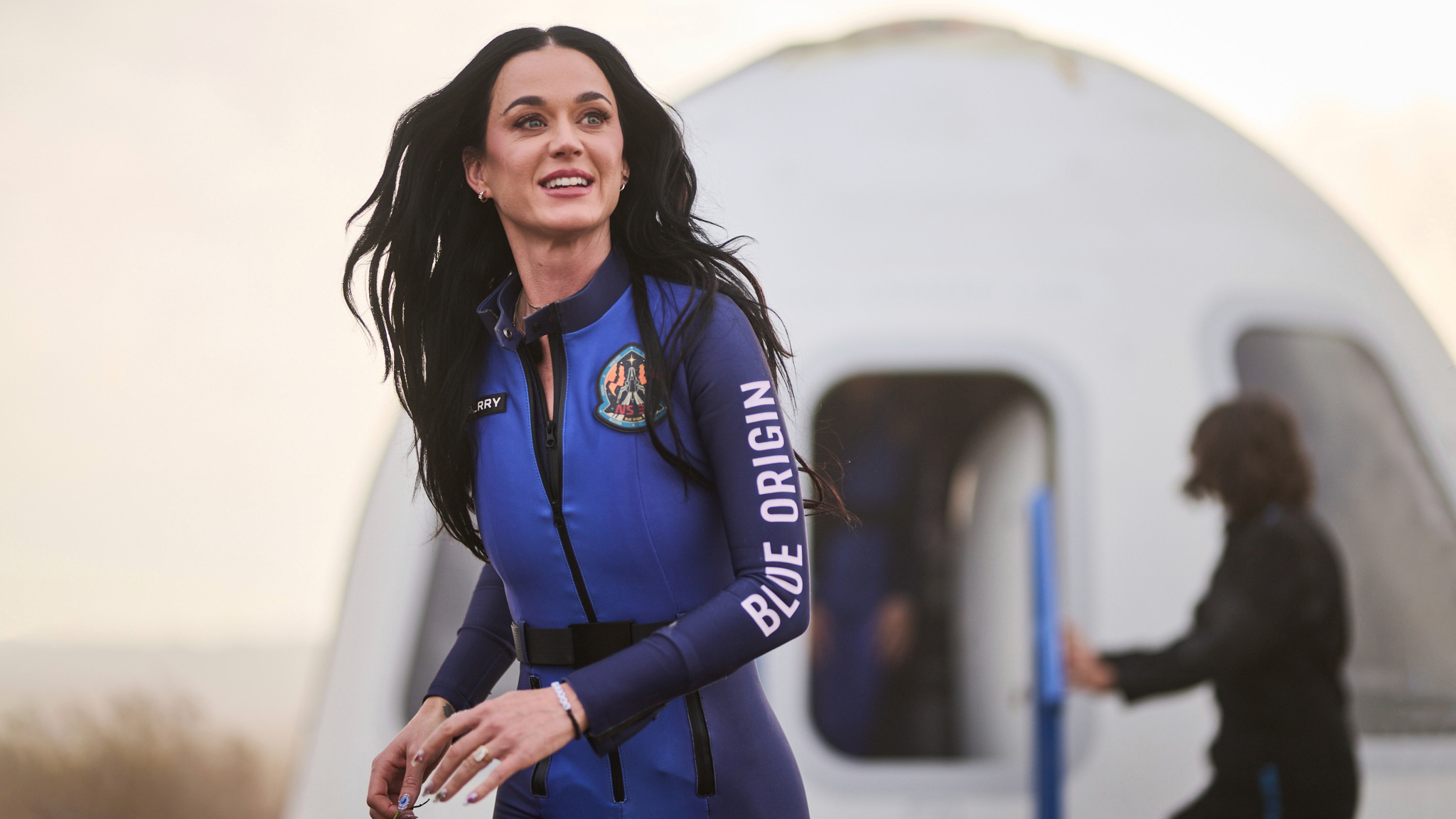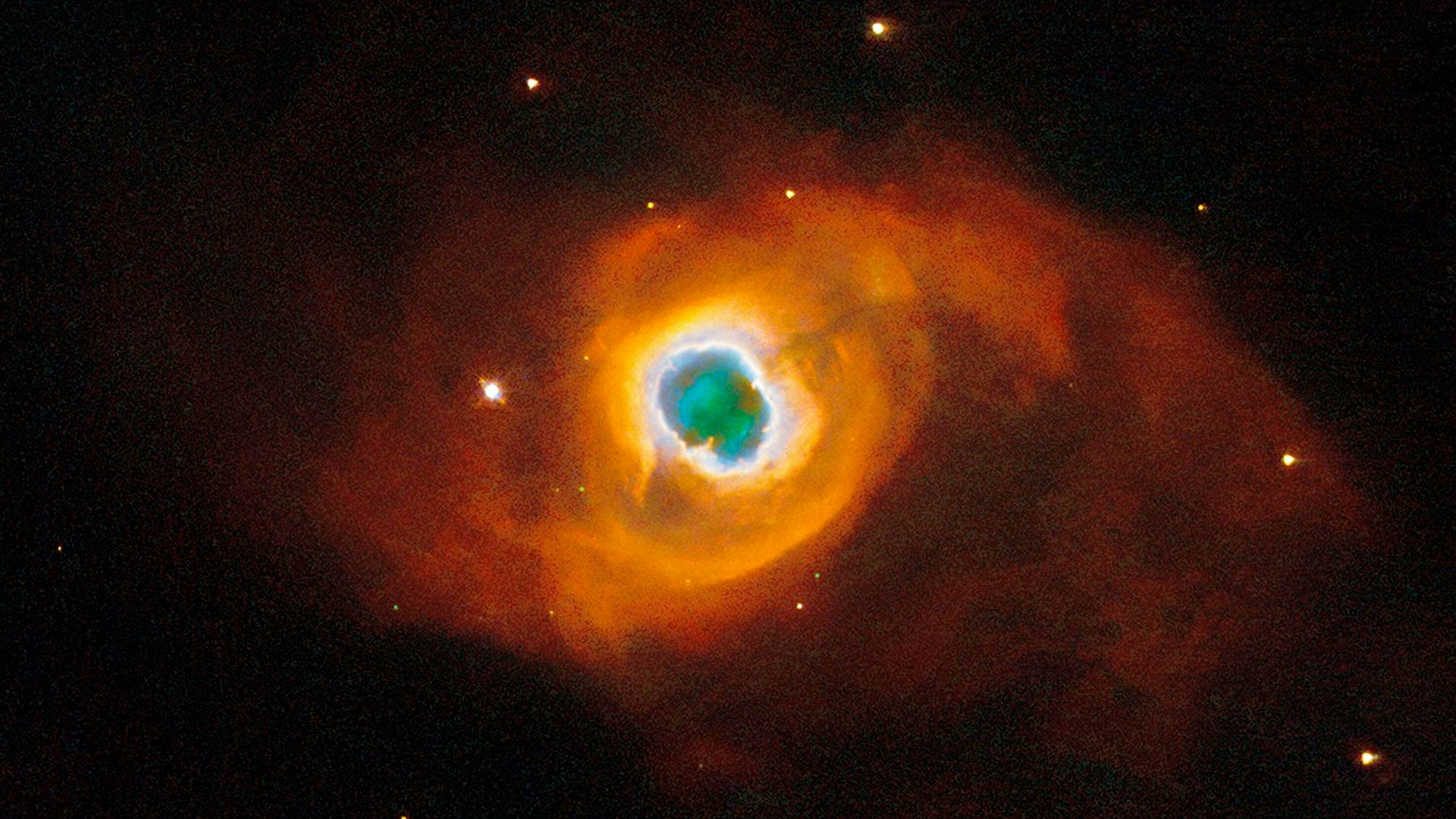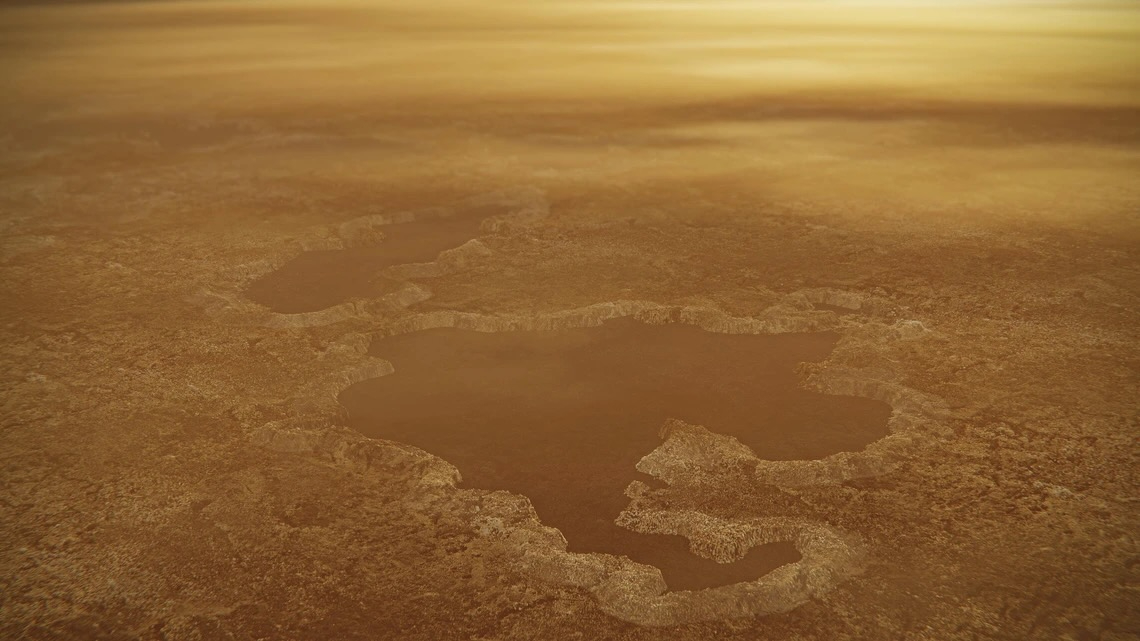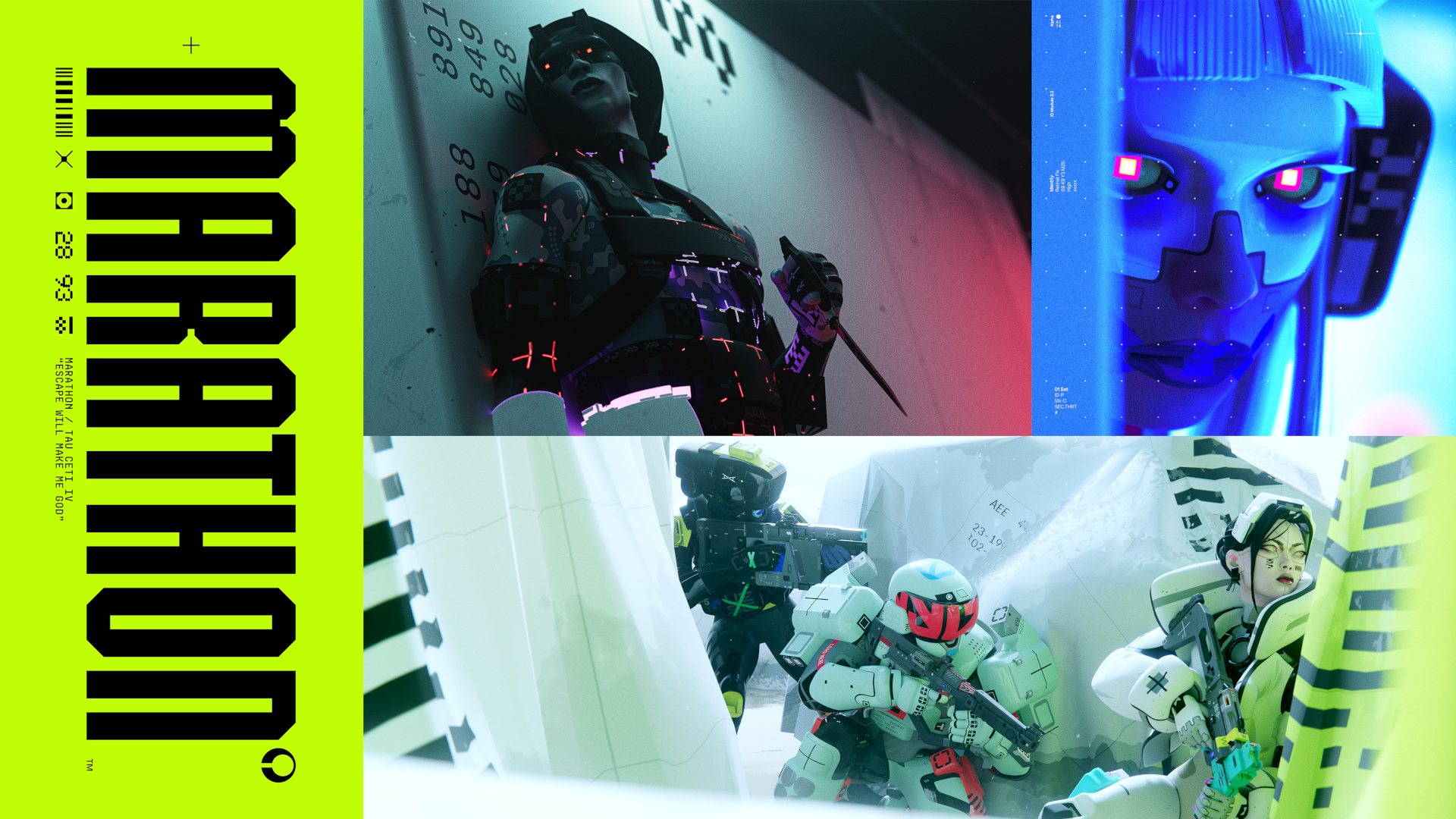How NASA's Curiosity rover changed Mars landings forever (photos)
"It might be the right kind of crazy."
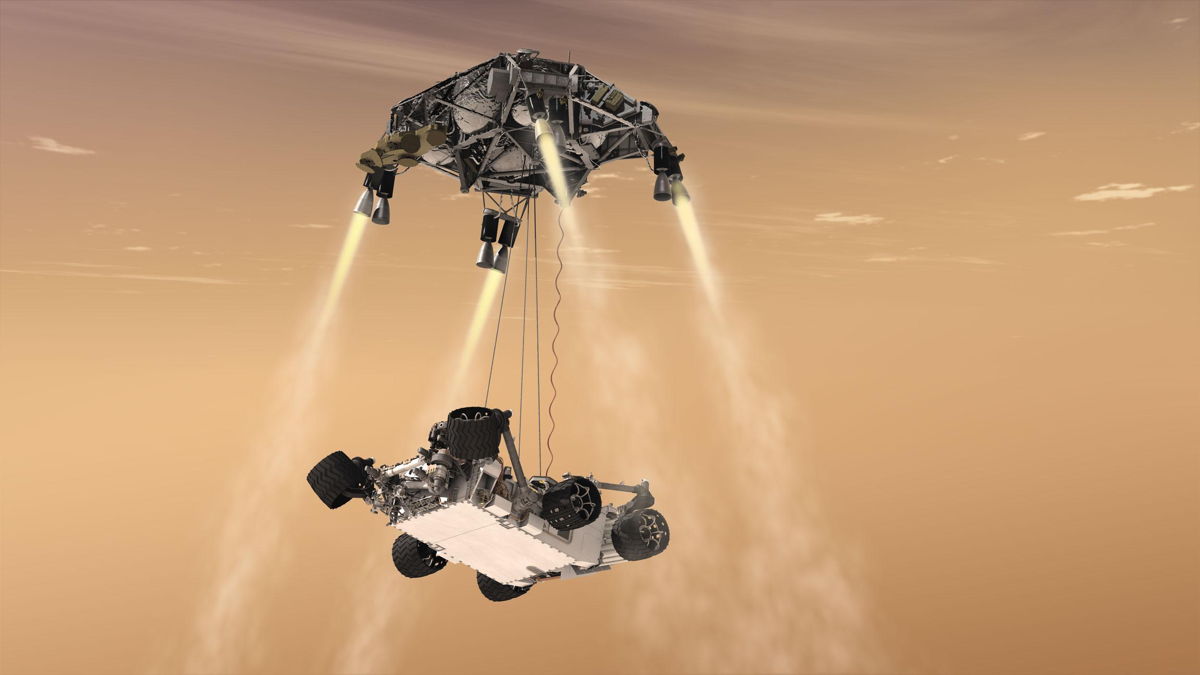
Imagine trying to land an SUV-sized rover on another world. That's definitely enough of a challenge on its own, but picture doing so while the rover hangs perilously beneath a hovering sky crane, connected by just a handful of clothesline-like nylon cables.
Within minutes and with no external help, the spacecraft must slow down from 13,000 mph (21,000 kph) to zero, ensuring that the sky crane gently lowers the rover onto the surface wheels-first, ready to conduct the science mission it was designed for. You only have one shot at the landing, during which the Red Planet's rotation will spin the rover out of view of Earth, preventing you from directly communicating with it — and learning of its success or failure — for a brief but agonizing stretch.
Sounds like one for the science fiction books, doesn't it? Yet scientists and engineers at NASA succeeded in such a daring feat 12 years ago this month, when just such an unprecedented, death-defying dive brought a new robotic resident to Mars — Curiosity — and set the stage for future missions to the Red Planet.
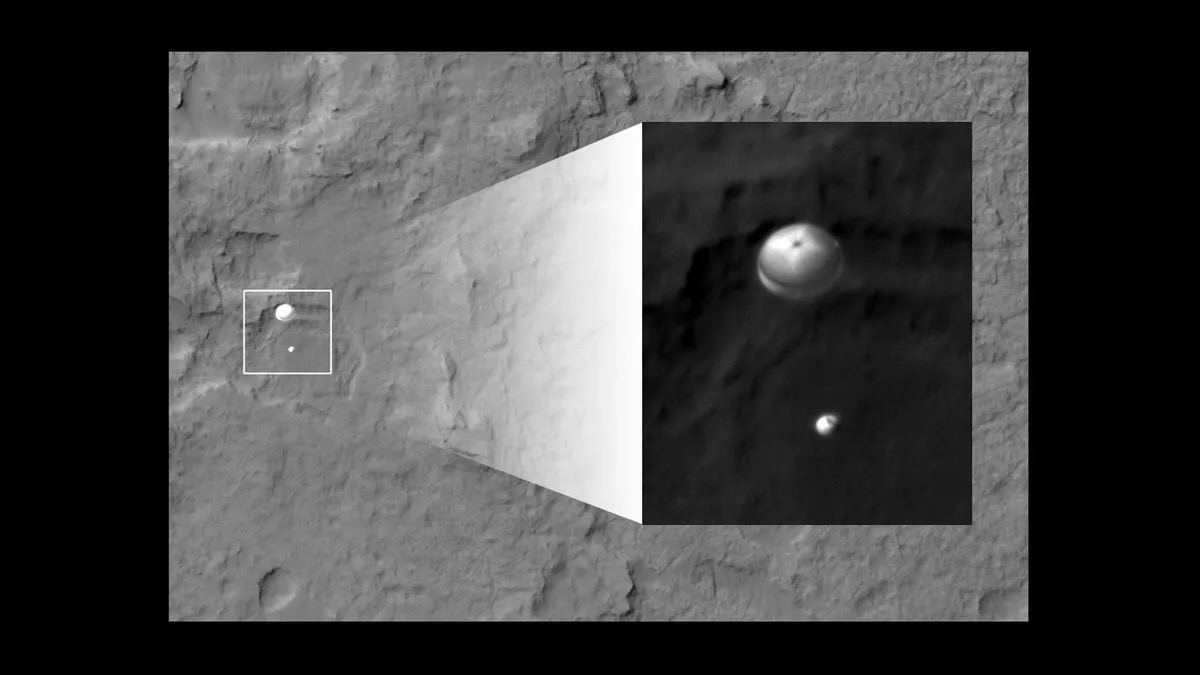
'Seven minutes of terror'
NASA's first three Mars rovers — Pathfinder, Spirit and Opportunity — landed enveloped by massive, inflated airbags that bounced more than 15 times on the Red Planet's surface before slowing to a stop. However, for the car-sized Curiosity, the math showed that existing airbags wouldn't work. And even if they did, there wasn't a known material capable of handling the rover's 1-ton weight.
Related: Curiosity rover: The ultimate guide
Oh, how Mars landings have changed.Pathfinder used giant airbags to land on the Red Planet. A decade later, @NASAJPL developed the sky crane maneuver to safely land @MarsCuriosity and @NASAPersevere.More on this engineering evolution: https://t.co/YPfZSLq6TQ pic.twitter.com/dvxja7gV46August 8, 2024
So the only way for Curiosity to be lowered to the surface was using a rocket-powered sky crane, which itself had to be deployed seamlessly midway during the mission's descent through the Martian atmosphere. But the mission team was not sure how to suspend a rover as large as Curiosity without it swinging dangerously. Drawing inspiration from similar sky cranes that ferry cargo helicopters on Earth, the team eventually added similar technology to Curiosity's jetpack, such that it sensed the swinging and controlled it.
"All of that new technology gives you a fighting chance to get to the right place on the surface," Al Chen of NASA's Jet Propulsion Laboratory (JPL) in Southern California, who played a crucial role in the entry, descent and landing (EDL) phase for the Curiosity mission, said in a recent NASA statement.
Get the Space.com Newsletter
Breaking space news, the latest updates on rocket launches, skywatching events and more!
Curiosity's complicated, nail-biting landing attempt, which left some of the mission personnel emotionally terrified, has been dubbed the "seven minutes of terror."
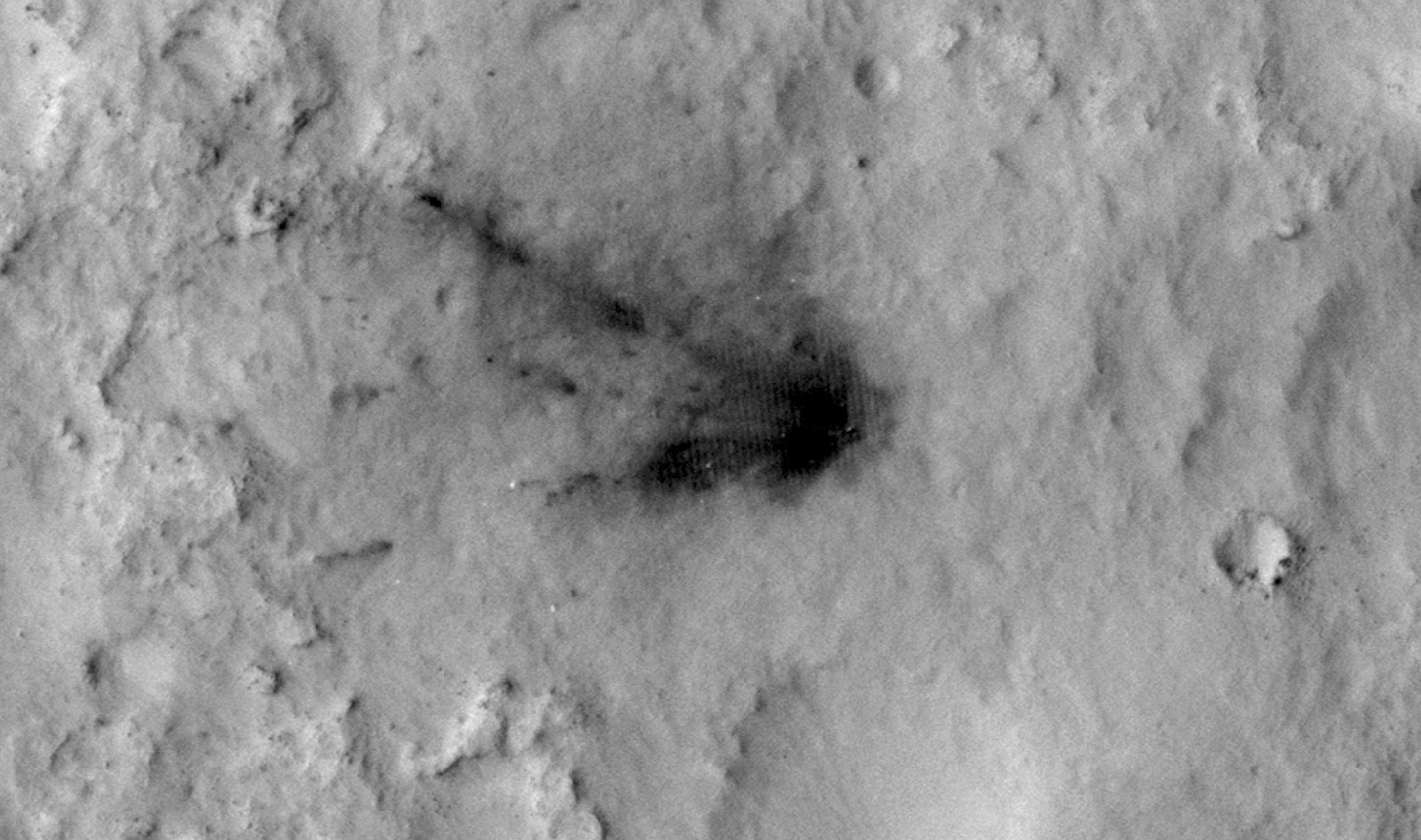
Although Curiosity was guided and checked upon by its team of 400 scientists and engineers throughout its eight-month space cruise, the $2.5 billion mission was pretty much on its own during the seven-minute EDL. The last command from Earth was sent two hours prior. Plus, due to the time delay between the two planets, scientists wouldn't know if Curiosity landed safely or crashed until about 15 minutes after the event occurred.
"As far as the amount of control that the team has during entry, descent and landing, it's identical to the control that anybody watching at home has," JPL's Adam Steltzner, who was leading the EDL phase for Curiosity, told reporters shortly before Curiosity's landing attempt. "We're all along for the ride."
That ride was deemed flawless soon after the six-wheeled Curiosity touched down as planned in the 96-mile-wide (154 km) Gale Crater, and its 10 science instruments worked perfectly. Scientists and engineers who sat in mission control at JPL jumped up and down in jubilation when they received confirmation that Curiosity had landed safely.
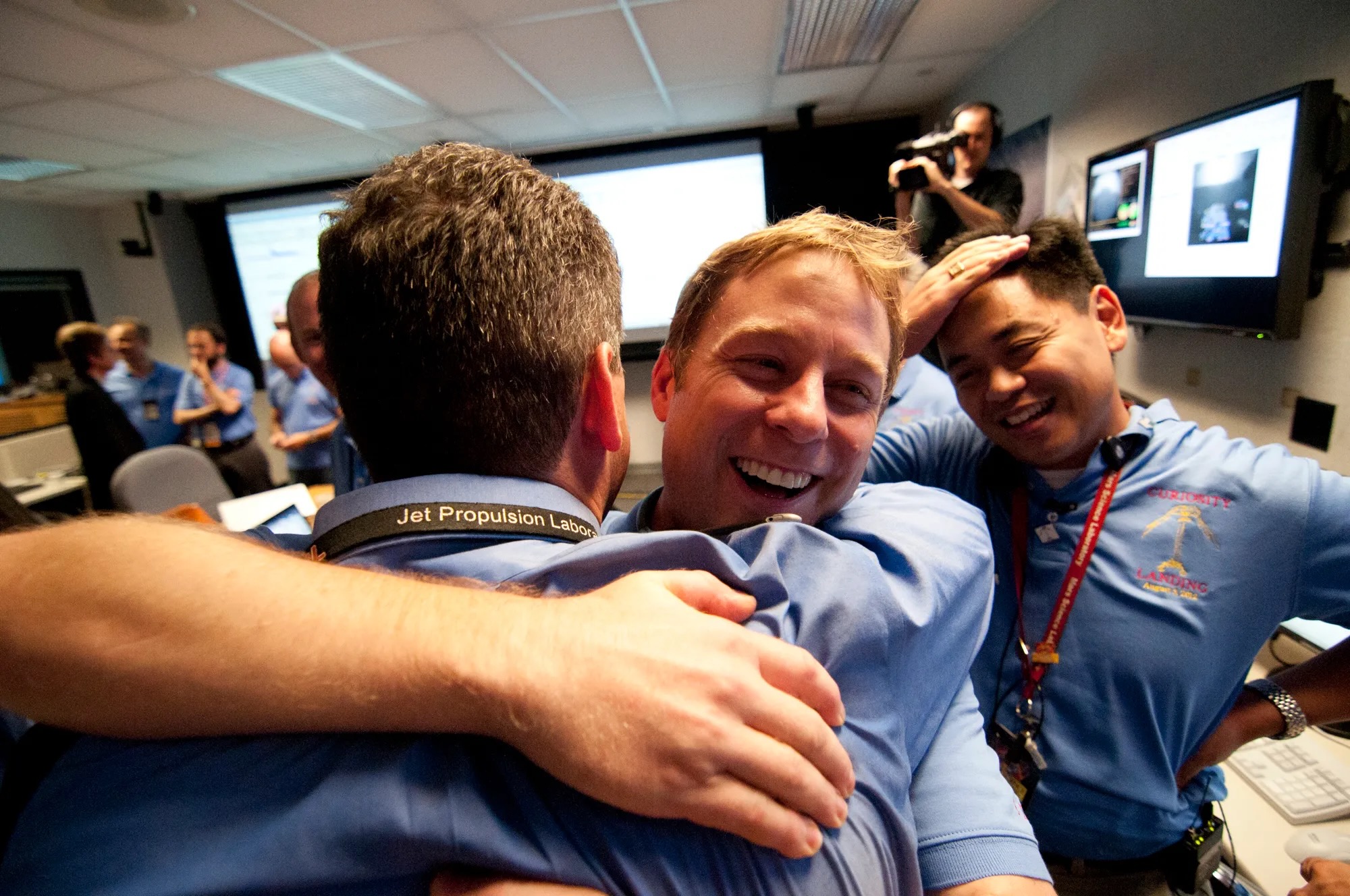
'The right kind of crazy'
When the novel sky-crane EDL approach began taking shape in the early 2000s as the only way to land a heavy rover on Mars, it was so frighteningly daring that few scientists or engineers were sold on the idea, not the least because NASA had recently experienced some high-profile Red Planet failures.
The idea that the proposed mission would place the jetpack above the rover rather than below it, as was conventionally done, was particularly concerning to many people, recalled JPL Fellow Rob Manning, who worked on the initial concept in 2000.
"People were confused by that," he said in the NASA statement. "They assumed propulsion would always be below you, like you see in old science fiction with a rocket touching down on a planet."
But a lander's thrusters would not only stir up debris during descent, making it difficult for Curiosity to descend; they could also even dig a hole in the ground that the rover wouldn't then be able to drive out of. By placing thrusters above the rover, the mission team ensured that the wheels touched down directly on the surface, saving the extra weight of ferrying a landing platform on an already-heavy spacecraft.
"We talked about it to no end," Steltzner told Astronomy's Eric Betz. "If this didn't go right, there would be nowhere to hide, because every joe six-pack on the street would be saying that they knew it wouldn't work."
NASA's then-Administrator Mike Griffin told the mission team that the idea was crazy, "but it might be crazy enough to work. It might be the right kind of crazy."
Related: NASA: Huge Mars rover's sky crane landing was 'least crazy' idea
What's that about sticking the landing? 🥇12 years ago, my landing on the Red Planet required 76 pyrotechnic devices and had zero margin for error – and my team absolutely nailed it. Do you remember the drama of those "7 Minutes of Terror"? pic.twitter.com/5iZd7PSQaxAugust 5, 2024
The novel technology turned out to be so successful that in 2021, NASA used the same skycrane method to successfully land another rover, Perseverance, which just last month had the science community — and the world — buzzing with its discovery of a Martian rock that may host signs of ancient life.
Scientists say the same technology could be repurposed for bigger spacecraft headed not just for Mars but elsewhere in the solar system, too. "In the future, if you wanted a payload delivery service, you could easily use that architecture to lower to the surface of the moon or elsewhere, without ever touching the ground," Manning said in the NASA statement.
As for Curiosity, the rover continues roving through Mars' landscape in search of signs of ancient habitable conditions, more than 12 years after its pioneering touchdown.
Join our Space Forums to keep talking space on the latest missions, night sky and more! And if you have a news tip, correction or comment, let us know at: community@space.com.

Sharmila Kuthunur is a Seattle-based science journalist focusing on astronomy and space exploration. Her work has also appeared in Scientific American, Astronomy and Live Science, among other publications. She has earned a master's degree in journalism from Northeastern University in Boston. Follow her on BlueSky @skuthunur.bsky.social


